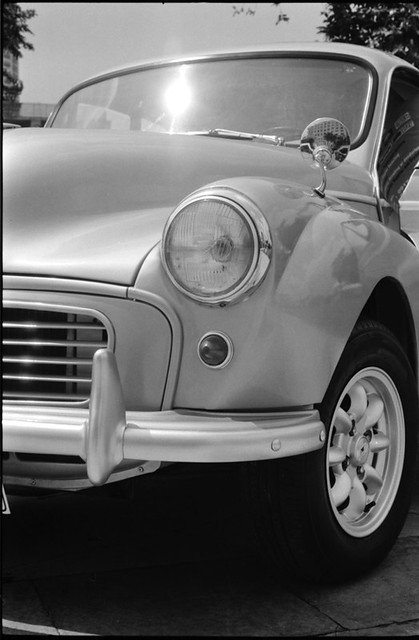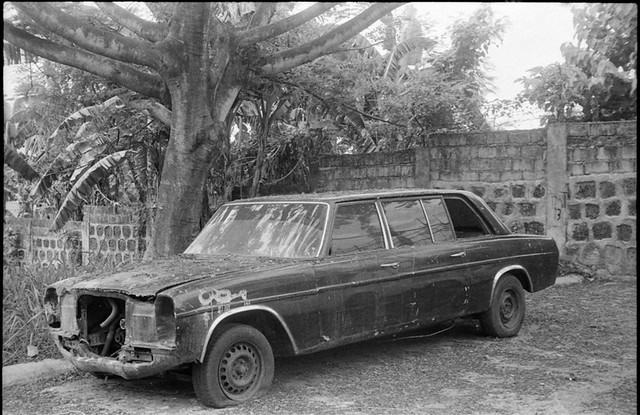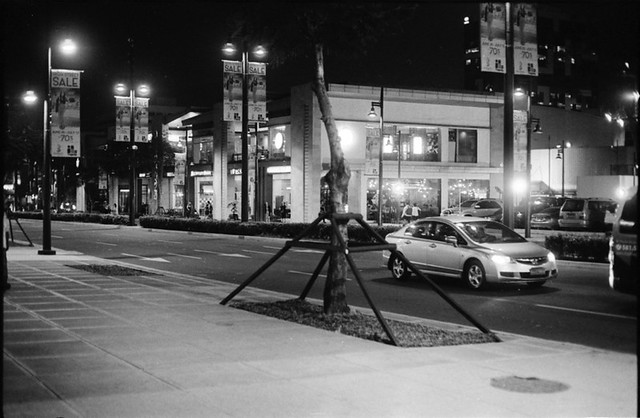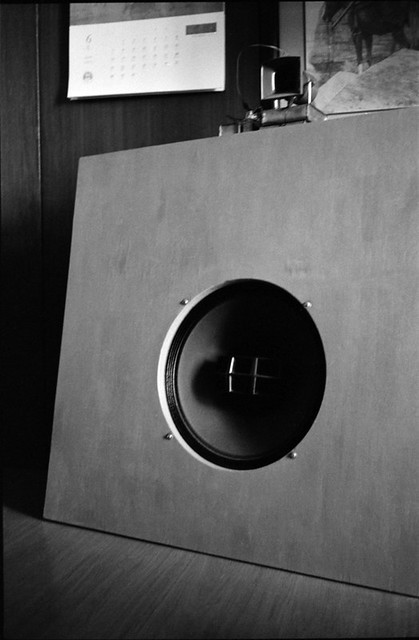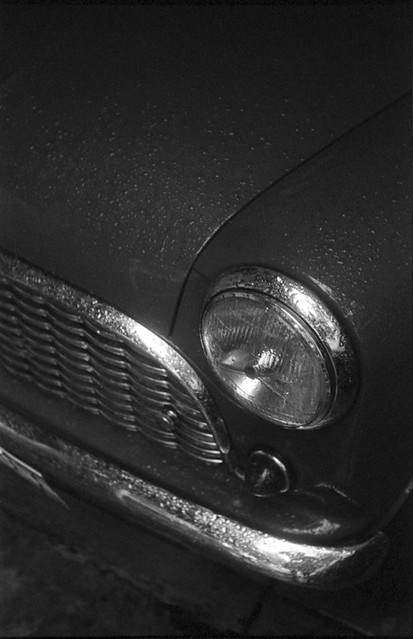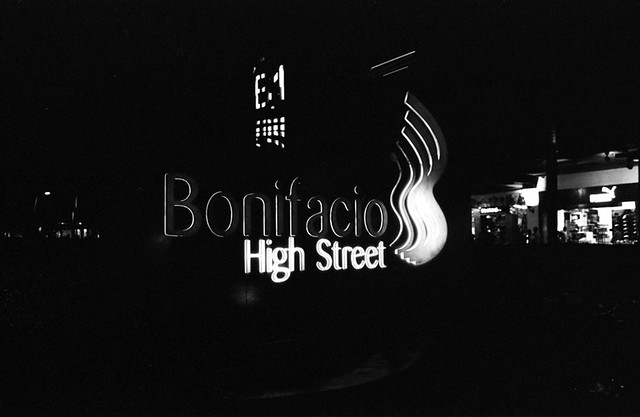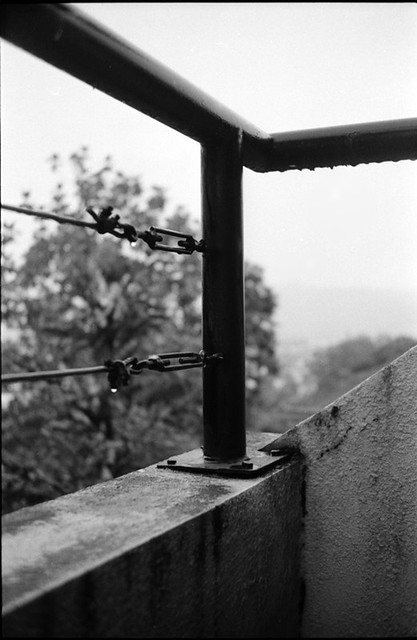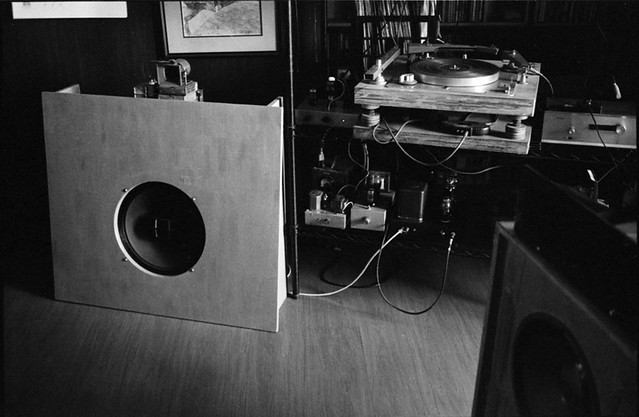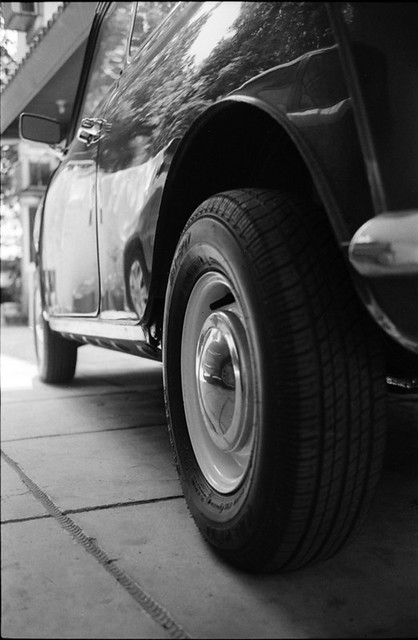Sunday, September 6, 2015
Monday, August 24, 2015
Dai-Ichi PT-6 Horn Tweeter
Over a year ago, I blogged about the cheap 'n cheerful locally manufactured Konzert/Micro PT6A horn tweeter which visually looks like a lineal descendant of the highly regarded Pioneer PT-6. I have no experience with the Pioneer PT-6, but have owned and enjoyed the similar Pioneer PT-3K.
My buddy Rex chanced upon another PT-6 local clone made by Dai-Ichi which used to supply OEM drivers for the late lamented Radio Shack. He also supplied an original Pioneer PT-6 but unfortunately, it has a blown mylar diaphragm. So I pictured it in the middle of this trio as a visual reference.
The Dai-Ichi PT-6 is finished in a nice black powder coated cast aluminum instead of cheap molded plastic in the Konzert/Micro. However, the mostly useless specs are similar:
100 watts max, 60W nominal (Good marketing, but...)
8 ohm voice coil impedance +/- 15% (...hmmm)
2.5khz-20khz frequency response (parameters??)
94dB sensitivity +/-2dB (ditto???)
Off the bat, I will caution anyone not to even consider using either the Konzert/Micro PT-6A or Dai-Ichi PT-6 as a super tweeter for speaker systems with 96dB/1M/1W (or greater) efficiency. In spite of the horn loading, they are just not efficient enough to match the 99dB/1M/1W efficiency of my Altec 414 or 416 woofers. My ears tell me that these tweeters should be rated 95dB/1M/1W, tops!
However, if you are looking to augment the falling high frequency response of a typical low to mid 90s efficient 8" full range driver or woofer on a budget, the Dai-Ichi PT-6 and Konzert/Micro PT-6A are worthy of consideration.
Friday, July 31, 2015
SJ4000 + Kingone K5
Don't worry folks, JE Labs has not ditched retro tech.
I just needed a cheap video cam to capture my treks in the Mini + a cheap bluetooth speaker which disappears in the dashboard and prevents road rage in Manila traffic, even on weekends ;)
SJ4000 factory default settings at 1080p 30fps
At less than half the price of an entry level Go Pro Hero, the video quality is good enough for my purpose. As I get to know the menu and settings, I might tweak it a bit later.
Original 720p 30 fps color video converted to B&W
I've paired CD quality tracks from my iPhone with Bose, Braven, JBL and other touted/branded bluetooth speakers in showrooms but could never justify their cost to sound value. Just like the others, the Kingone K5 has a built-in EQ network which aids the tweeter-sized drivers in fooling the ears to hear a bigger than actual sound by boosting the frequency extremes. Kudos to Kingone engineers for designing an EQ curve which does not muddy the midrange, renders clean bass overtone clues and is rid of tinnitus inducing highs.
Default settings @ 720p 30fps
Friday, July 17, 2015
Barry Thornton 2 Bath Developer
Regular visitors to my Flickr would probably have noticed that I have been a committed Diafine user. Although I learned B&W film processing using Kodak D76, experimented with Ilford DDX and still use Rodinal, I like the convenience of not tempering my chemicals especially now that I live in the tropics.
This 2-bath compensating developer tends to "push" box speed typically by one stop or more. Thus the factory recommends a certain exposure index (EI) for each particular film, e.g. Agfa APX100 @ EI320, Ilford HP5+ @ EI800, Kodak PX125 @ EI400, Kodak TX400 @ EI1250. Through the years, I've learned to deviate a bit from the factory recommended EI settings and have adopted my own EI depending on lighting conditions or the contrast I want.
Diafine used to be cheap at about $15 for a pack that makes ONE GALLON EACH of Bath A and Bath B. That same gallon pack is now $50! In spite of being ever so careful of not contaminating Bath A with Bath B, my last gallon solution barely lasted two years with only 25 rolls developed. Prior to that I've had solutions lasting for 3-4 years with at least 50-60 rolls developed in them.
I went on a quest for an alternative panthermic chemical and found the late Barry Thornton's 2-bath formula. After reading through pages regarding Barry's 2-bath developer in the internet, I ordered the chemicals from Photographer's Formulary.
Barry Thornton 2-bath formula:
Bath A = 6.5g metol + 80g sodium sulfite, bring up to 1L with distilled water
Bath B = 12g sodium metaborate, bring up to 1L with distilled water
Bath A = 6.5g metol + 80g sodium sulfite, bring up to 1L with distilled water
Bath B = 12g sodium metaborate, bring up to 1L with distilled water
I mixed these chemicals in distilled water at room temperature (28°C). For Bath A, I recommend dissolving a pinch of sodium sulfite with the metol before adding the rest of sodium sulfite.
Develop at 20-28°C
ISO 100 film (4+4) = Bath A: 4 minutes, 6 gentle inversions each minute
Do not rinse.
Do not rinse.
Bath B: 4 minutes, 2 gentle inversions at 1 minute + another 2 gentle inversions at 2 minutes
ISO 400 film (5+5) = Bath A: 5 minutes, 6 gentle inversions each minute
Do not rinse.
Do not rinse.
Bath B: 5 minutes, 2 gentle inversions at 1 minute + 2 gentle inversions at 2.5 minutes.
Only use water as stop bath: after pouring back Bath B to its container, fill up the tank with water and invert 10 times then dump. Refill the tank, invert 10 times and let it sit for 1 minute then dump.
Fix the film for 7-10 minutes then wash (I use the Ilford method).
Only use water as stop bath: after pouring back Bath B to its container, fill up the tank with water and invert 10 times then dump. Refill the tank, invert 10 times and let it sit for 1 minute then dump.
Fix the film for 7-10 minutes then wash (I use the Ilford method).
Barry Thornton recommends dumping the 1L solutions after 15 rolls because Bath B exhausts. So far, I've done 12 rolls and it remains strong. I might try mixing another 1L solution of Bath B and keep using Bath A. We'll see how that goes...
Just like Diafine, contrast is preset at the photo taking stage instead of being able to control it during film development. Barry recommended shooting films at box speed as a starting point. Since this developer is not very well documented and not even included in Digital Truth's Massive Development Chart, I embarked on my own unscientific journey bracketing exposures with various films in my stash.
Foma 100
 |
| Fuji Acros @ EI100 |
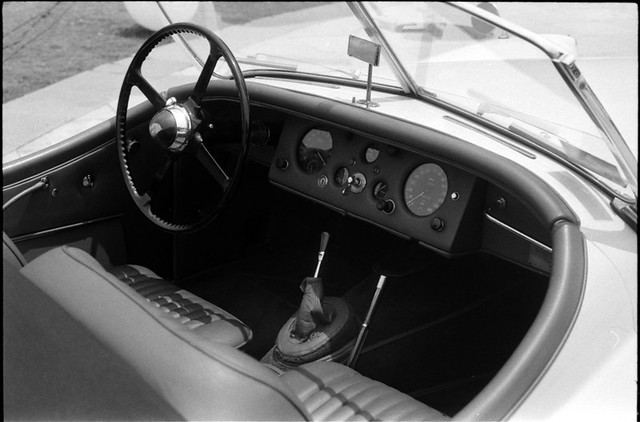 |
| Ilford FP4+ @ EI125 |
 |
| Ilford FP4+ @ EI125 |
ISO 200 Film
Kodak Eastman 5222/Double-X
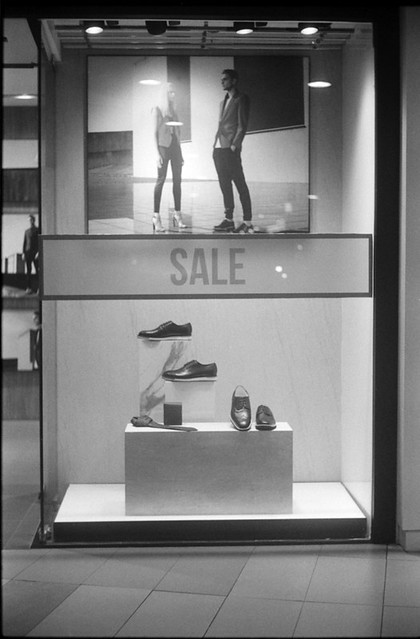 |
| Eastman 5222 @ EI400 |
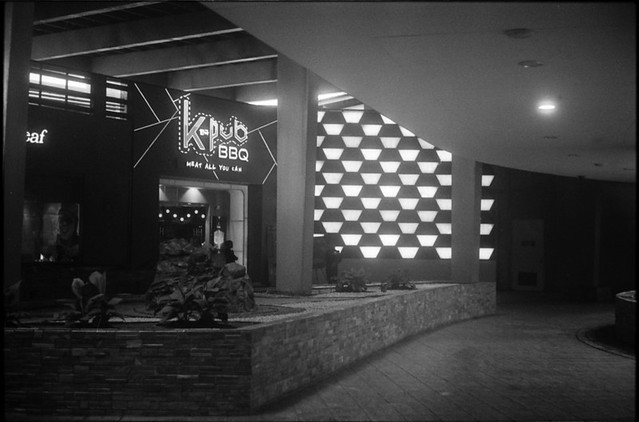 |
| Eastman 5222 @ EI400 |
 |
| Eastman 5222 @ EI800 |
ISO 400 Films
Fuji Neopan 400
Sunday, July 12, 2015
Tuesday, June 30, 2015
Rollei 35 repair
I found this on the internet reasonably priced to be worth a gamble. It had a couple of dents but no serious signs of abuse. I've been hankering for this camera as a college kid in the early 80s. Instead, I chose a Pentax K1000 SLR which I could upgrade with a zoom lens ;)
This particular sample was made in Singapore in the early 70s. Not the more collectible '66-'70 or post '81 manufactured in Germany.
When it arrived, the 40mm f3.5 Tessar lens was clean and clear but shutter speeds below 1/30 functioned like B and the lens retraction mechanism was erratic. So I consulted my friend, Google.
This excellent time lapse video shows the top cover disassembly in
detail.
1. Green arrow - dried up lubricant in the slow escapement
gear train causes all slow speeds to function like B. A few drops of
lighter fluid in this area should loosen dried lubricant. Cycle through the slow speeds.
You should start hearing gears whirring. Keep cycling the slow speeds until the
fluid is dry and then add a tiny drop (or two) of gun oil.
2. Yellow arrow - the circular brass plunger actuates the
lens retraction latch. Make sure this is properly inserted to the latch upon
reassembly. Note: The lens will retract ONLY IF the shutter is cocked.
3. I did not bother to check the light-meter since it requires an obsolete PX625 mercury battery. Anyway I have an iPhone app and Sunny 16.
3. I did not bother to check the light-meter since it requires an obsolete PX625 mercury battery. Anyway I have an iPhone app and Sunny 16.
Subscribe to:
Posts (Atom)












